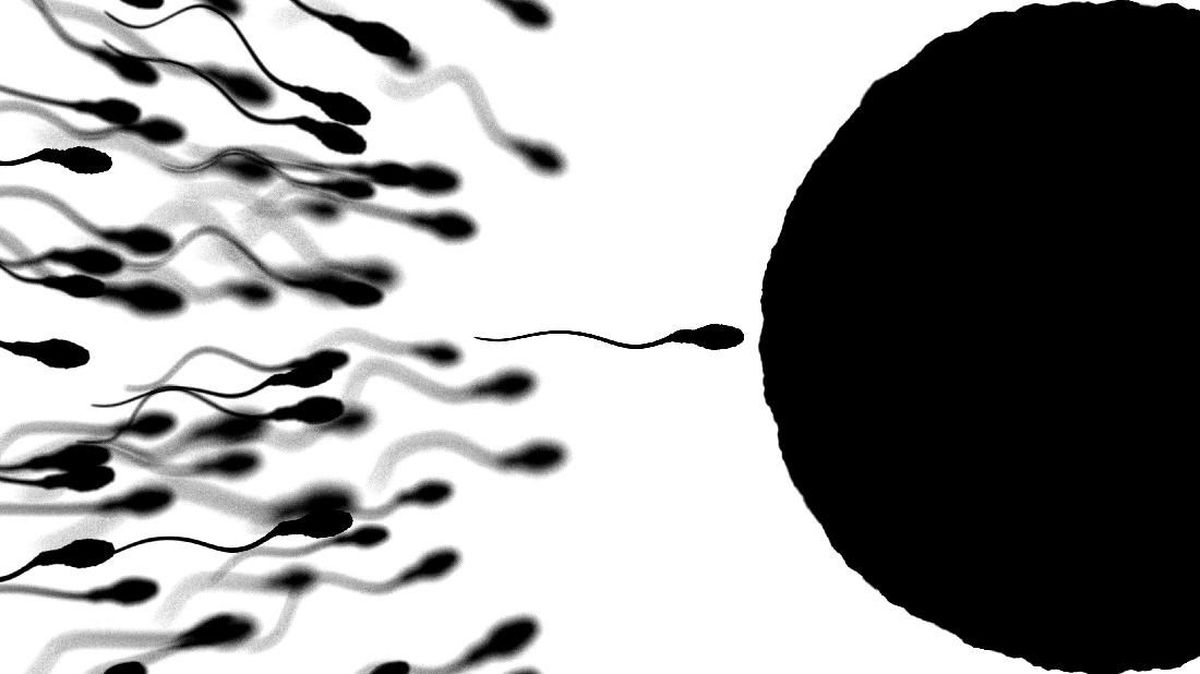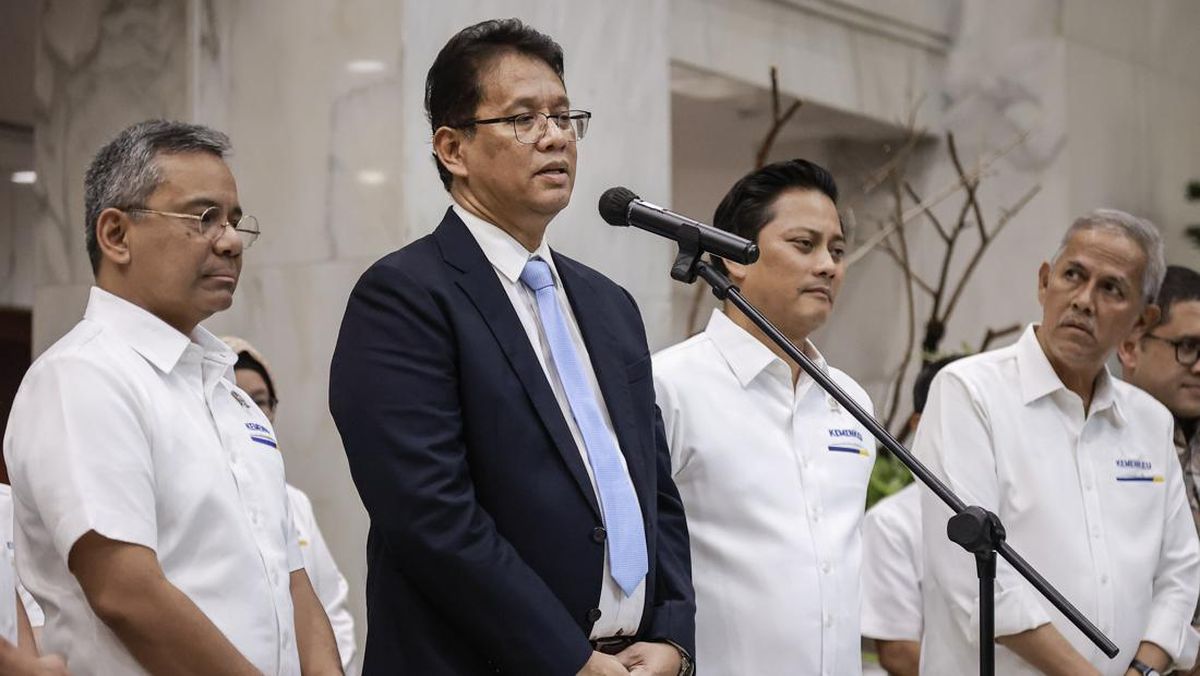Opinion
September 28, 2025 — 1.00pm
September 28, 2025 — 1.00pm
Following every federal election, Parliament’s Joint Standing Committee on Electoral Matters undertakes a review of that election; in particular, how the Australian Electoral Commission performed in delivering the most logistically challenging peacetime exercise Australia undertakes. Its report on the 2025 election is due in the middle of next year.

Prime Minister Anthony Albanese during question time earlier this month.Credit: Alex Ellinghausen
Earlier this month, the Special Minister of State, Senator Don Farrell, wrote to the committee with additional terms of reference which were, at most, tangentially relevant to the conduct of the 2025 election. Among other things, he asked the committee to examine the “composition of the Parliament as a whole, including; the length of the parliamentary term; the potential for fixed terms; and the number of elected federal representatives relative to the growth in population and the electorate”.
Since this was buried among other terms of reference, and perhaps because it was done during the post-election political lull, it did not receive the attention it deserved. The fact that the government has initiated an inquiry into the size of the parliament, and the possibility of fixed and four-year terms, should have been very big news indeed.

The last time the number of House of Representative MPs was increased significantly was in 1987.Credit: Alex Ellinghausen
Introducing fixed or four-year terms would require a constitutional amendment; following its defeat on The Voice, the government probably doesn’t have the appetite to risk another failed referendum. But an increase to the size of the parliament doesn’t need a referendum, simply an amendment to the Commonwealth Electoral Act.
Farrell’s opposite number, the Shadow Special Minister of State Senator James McGrath – like Farrell, one of the shrewdest minds in the parliament – believes he knows what the government is up to: quietly laying the groundwork for a big increase to the size of the House of Representatives. Because most population growth is in city electorates, where the Liberal Party is now chronically weak – it currently holds only nine of the 88 electorates the AEC classifies as metropolitan – this would be a significant advantage to Labor.
There is one complication. Section 24 of the Constitution requires that the number of members of the House of Representatives “shall be, as nearly as practicable, twice the number of senators”. Any increase of the House of Representatives therefore requires a proportionate increase to the Senate. Because senators serve for six-year terms, with half the Senate elected at each general election, the number of senators from each state needs to be divisible by two. At the moment, there are 12 per state (plus two each for the territories), so the smallest number of senators for each state after any increase would be 14 – an overall increase in the size of the Senate by 12. That would mean that the smallest feasible increase to the House of Representatives would be 24 seats.
But why would the government stop there? If it sees political advantage in significantly increasing the size of the parliament – and is willing to wear the public backlash against more politicians that would inevitably follow – it would probably consider a larger increase, most likely by 48, which would mean 24 additional senators: an extra four per state.
What sounds like a constitutional complication is, in fact, a political opportunity for Labor. Although the government does not control the Senate, it does command a majority with the Greens. They would have every reason to support such a change. Just as Labor would be advantaged by an increase in the size of the House of Representatives, the Greens would be the big winners from an increase in the size of the Senate.
Although they fared catastrophically in the House of Representatives last May, losing all but one seat, the Greens’ numbers in the Senate held. They are – even more so now – a Senate party.
The size of parliament was last increased in 1987, when the Australian population was 16.26 million; it is now in excess of 27 million.
If the Senate were to be enlarged, they could realistically expect to increase their number from the current 10 (which would be 11 but for the defection of Senator Lidia Thorpe). Were the number of senators per state increased to 16, the percentage of votes required to elect a senator (the “quota”) at a half-Senate election would fall from 14.3 per cent to 11.1 per cent; at a double dissolution from 7.7 per cent to 5.9 per cent. Reducing the quota by increasing the size of the Senate would virtually guarantee the Greens one seat in each state at every half-Senate election; give them a realistic chance, after preferences, of a second seat in their stronger states; and make it probable they would win three per state at a double dissolution.
Although any increase in the number of politicians would be hugely unpopular, Albanese may well calculate that the electoral advantage to Labor would be worth the short-term political pain which, were he to legislate in the second half of next year, would largely have died down by 2028 anyway.
The argument for increasing the size of the parliament is a respectable one. When it was last increased in 1987, the Australian population was 16.26 million; it is now in excess of 27 million and by the time of the next election is projected to exceed 28 million. The size of electorates has increased correspondingly.
Loading
The size of the House of Representatives has been substantially increased only twice: from the original 75 to 123 for the 1949 election, and to 148 for 1984. Both were the initiatives of Labor prime ministers: Ben Chifley and Albanese’s political hero Bob Hawke. As he cements his place in the pantheon of Labor greats, Albanese may well consider an historic increase to the size of the Parliament to be another chapter of his legacy.
But make no mistake: if it happens, the primary motivation will be neither demography nor historical vanity. It will be a cold-blooded calculation of political advantage: the enticing prospect of securing yet more strongly Labor’s position in the lower house, as it locks in a long-term left-wing majority in the Senate.
George Brandis is a former Liberal Party senator. He served as attorney-general between 2013 and 2017 and as Australia’s high commissioner to the UK between 2018 and 2022.
Most Viewed in Politics
Loading


















































